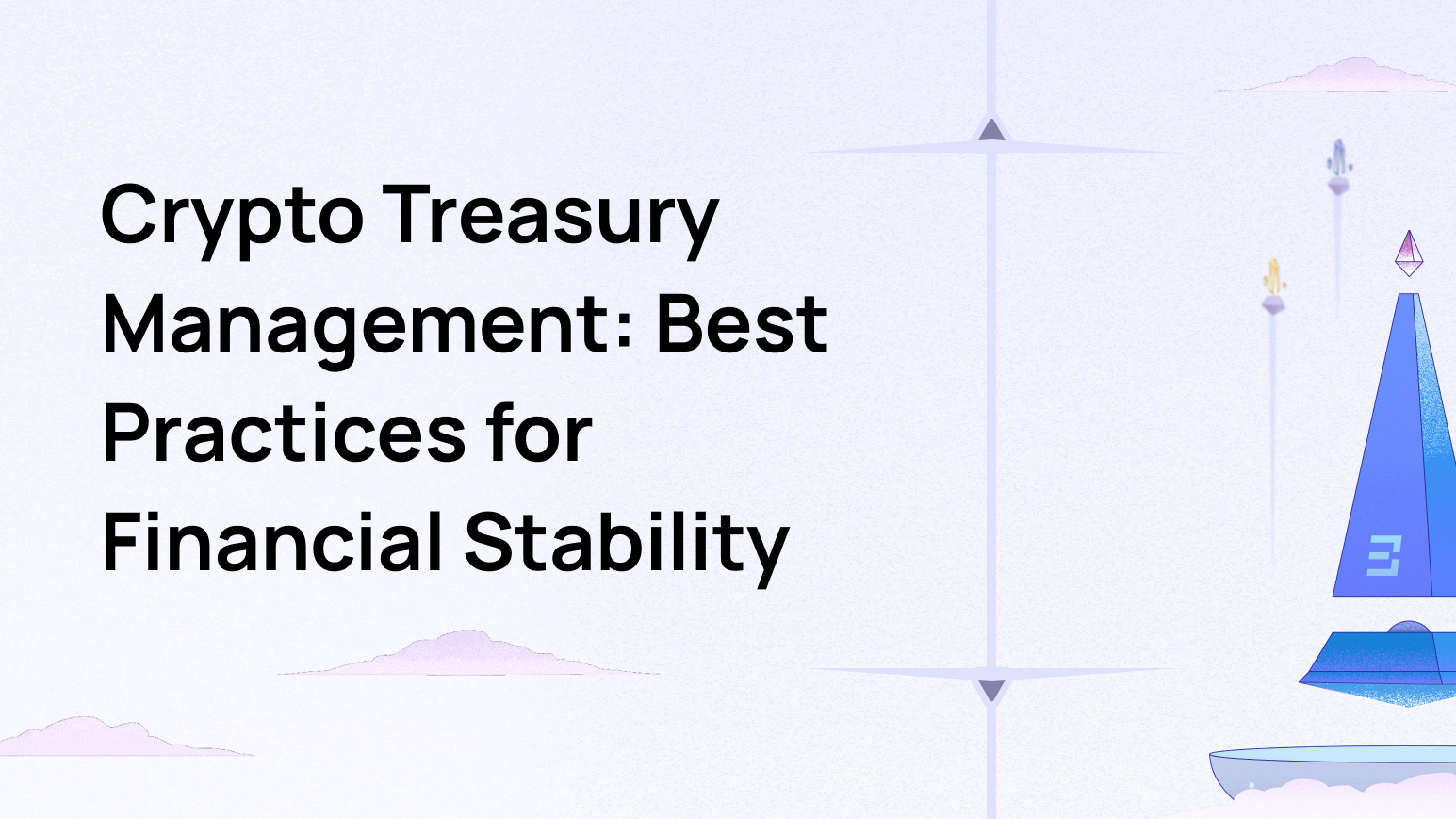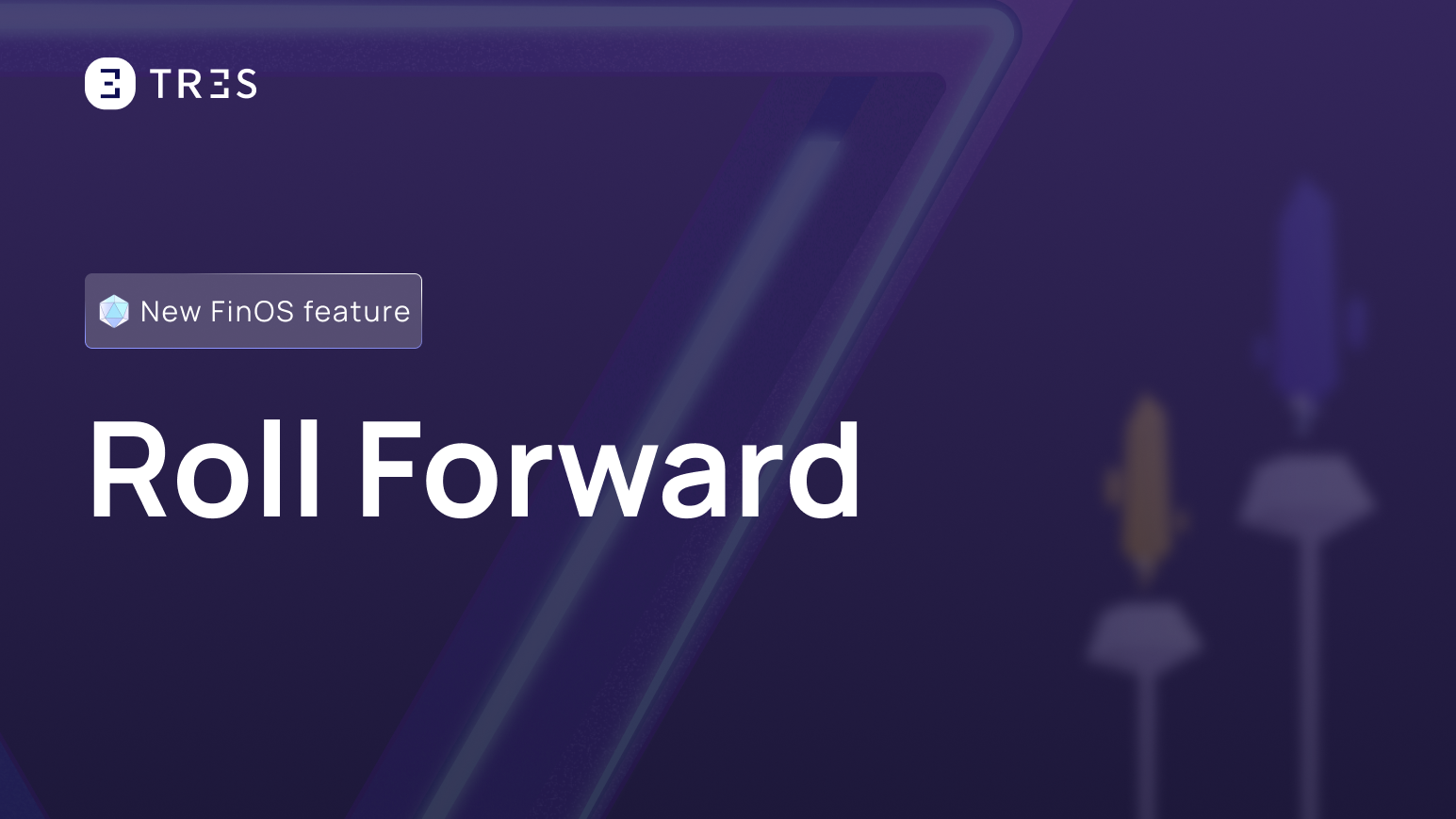
In the evolving world of digital assets, treasury management has become a cornerstone of long-term financial sustainability for Web3-native organizations. Whether you’re managing a DAO, exchange, or blockchain foundation, overseeing your crypto treasury is not just about safeguarding capital. It is about ensuring liquidity, managing volatility, staying compliant, and supporting your team’s operational needs.
This guide walks through the fundamentals and best practices of crypto treasury management, with insights drawn from real-world treasury challenges and solutions.
1. Understanding Crypto Treasury Management
Crypto treasury management involves overseeing the acquisition, storage, usage, and reporting of digital assets like cryptocurrencies, stablecoins, and tokens. The goal is to align treasury operations with an organization’s financial strategy, much like traditional treasury, but across decentralized and often volatile infrastructure.
Digital assets bring unique challenges: fluctuating valuations, non-standardized data, fragmented custody, and evolving regulatory frameworks. Addressing these requires tailored tools, policies, and workflows built for crypto’s complexity.
2. Strategic Asset Allocation and Diversification
One of the most critical decisions in managing a crypto treasury is how to allocate assets across different risk profiles. This typically includes:
- Core assets like ETH or BTC
- Stablecoins (e.g. USDC, DAI) for operational liquidity
- Treasury tokens or native assets
- DeFi positions such as staking, LPs, or lending platforms
Balancing these assets requires a deep understanding of volatility, liquidity needs, and the organization’s financial runway. Many teams adopt dynamic rebalancing strategies to shift exposure based on market conditions.
3. Liquidity Management and Funding Operations
Crypto treasuries often face more liquidity challenges than traditional ones due to market volatility, asset fragmentation, and unpredictable inflows and outflows.
Best practices include:
- Regular cash flow forecasting in both fiat and crypto
- Segmenting assets by purpose (for example, operating versus strategic reserves)
- Using stablecoins for near-term obligations
- Monitoring on-chain liquidity for key tokens
Funding operations can also involve converting assets to fiat, moving funds between chains, or participating in tokenized financing mechanisms.
4. Risk Management and Regulatory Compliance
As crypto matures, treasury operations must align with emerging global standards around compliance, reporting, and custody.
Key focus areas include:
- Cost basis tracking and realized or unrealized gains
- Adherence to KYC and AML guidelines where applicable
- Maintaining audit trails for all transactions
- Classifying assets accurately for tax and accounting treatment
Effective risk management frameworks should also account for smart contract exposure, protocol risk, counterparty risk, and security practices like multisig and cold storage.
5. Operational Efficiency and Transparency
Manual tracking of wallet activity, DeFi positions, and exchange transfers does not scale. Operational efficiency requires:
- Real-time visibility into balances and transactions
- Automated categorization of on-chain activity
- Standardized chart of accounts mapping
- Cross-team access and permissions with proper controls
Clear internal processes and documentation also help ensure accountability. This is especially important for foundations, DAOs, and companies with distributed finance teams.
6. Governance and Custodial Controls
Strong governance is the backbone of a well-managed treasury. This includes:
- Defined policies for asset allocation, conversions, and risk thresholds
- Access controls for wallets, exchanges, and internal systems
- Custodial strategy (such as self-custody, multisig, or third-party providers)
- Voting structures for DAOs or community-led initiatives
Transparency, both internally and externally, is key to maintaining trust in how the treasury is managed.
7. Maximizing Returns While Managing Volatility
Treasuries do not just protect capital. Many seek to grow assets via yield-generating activities like:
- Staking native tokens or Layer 1 assets
- Providing liquidity on decentralized exchanges
- Lending stablecoins through trusted protocols
Each of these comes with risk. Treasuries must assess their tolerance for impermanent loss, smart contract vulnerabilities, or token lockup periods and ensure any yield strategies align with broader financial goals.
8. Advanced Treasury Functions
As organizations mature, their treasury practices often evolve to include:
- Use of derivatives (such as futures and options) for hedging
- Token vesting and emissions tracking
- Participation in on-chain governance
- Internal dashboards and analytics for performance tracking
These functions require not just strong operational foundations but also tooling that can handle the complexity of multi-chain, multi-asset environments.
Final Thoughts
Crypto treasury management is becoming one of the most strategically important functions in Web3. It sits at the intersection of finance, operations, compliance, and technology. Getting it right is essential for long-term sustainability.
While the foundational principles echo traditional finance, the execution in crypto requires new tools, new playbooks, and a deep understanding of how digital assets behave. Whether you’re just starting out or scaling an established operation, investing in robust treasury practices will pay off in transparency, security, and trust. compliance.oday to see how we can help!
Interested in TRES?





